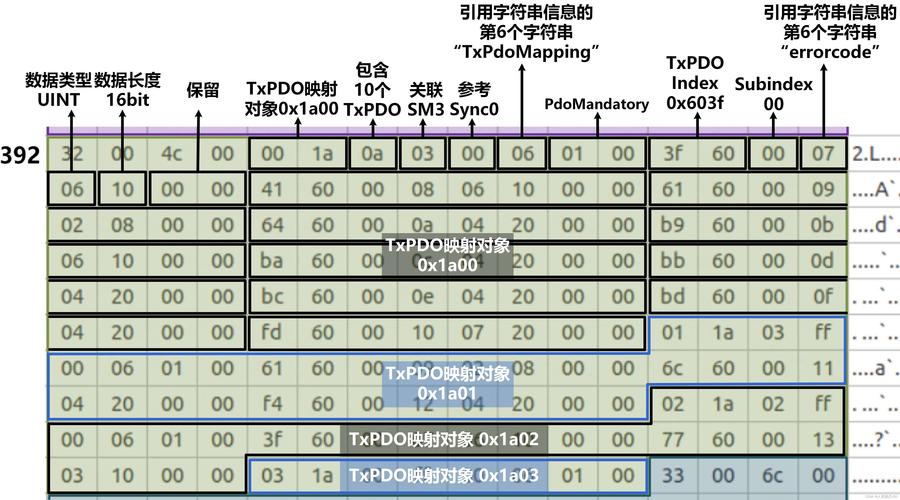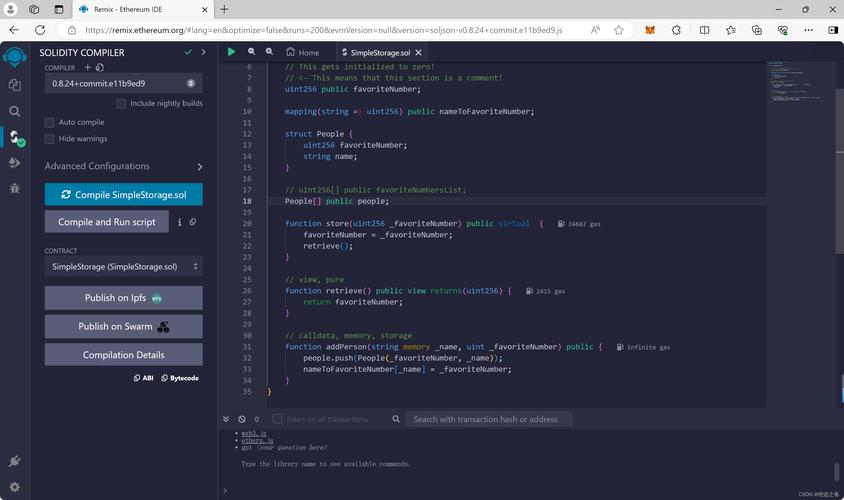
Understanding the Cost of ETH Transfer: A Comprehensive Guide
When it comes to transferring Ethereum (ETH), understanding the cost involved is crucial. The cost of an ETH transfer, often referred to as the “gas fee,” can vary significantly based on several factors. In this article, we will delve into the various aspects that influence the cost of an ETH transfer, providing you with a comprehensive understanding of this essential aspect of the Ethereum network.
What is Gas Fee?
The gas fee is the amount of Ether (ETH) you pay to the network for processing your transaction. It serves as a way to incentivize miners to include your transaction in the next block. The higher the gas fee, the faster your transaction is likely to be confirmed.

Factors Influencing Gas Fee
Several factors can influence the gas fee for an ETH transfer:
-
Network Demand: The higher the demand for network resources, the higher the gas fee. This is because miners prioritize transactions with higher fees to maximize their earnings.
-
Transaction Complexity: Transactions that require more computational resources, such as smart contract interactions, tend to have higher gas fees.
-
Network Congestion: During times of high network congestion, gas fees can skyrocket as miners compete to include transactions in the next block.

-
Block Size Limit: The Ethereum network has a maximum block size limit, which can lead to congestion and higher gas fees when the limit is reached.
Calculating Gas Fee
Calculating the gas fee for an ETH transfer involves two main components: the gas price and the gas limit.
-
Gas Price: The gas price is the amount of ETH you are willing to pay per unit of gas. It is typically measured in Gwei (1 Gwei = 1,000,000,000 Wei). You can find the current average gas price on various blockchain explorers or by using a gas fee estimator tool.
-
Gas Limit: The gas limit is the maximum amount of gas you are willing to pay for your transaction. It is determined by the complexity of your transaction and the network congestion at the time.
Once you have the gas price and gas limit, you can calculate the gas fee by multiplying the gas price by the gas limit. For example, if the gas price is 50 Gwei and the gas limit is 21,000, the gas fee would be 1,050,000,000 Wei (or 0.105 ETH).
Gas Fee Estimation Tools
Several online tools can help you estimate the gas fee for your ETH transfer. These tools take into account the current network demand and provide an estimated gas fee based on your desired transaction speed.
-
EthGasStation: A popular gas fee estimator that provides real-time data and estimated gas fees for various transaction speeds.
-
GasNow: Another reliable gas fee estimator that offers real-time data and estimated gas fees for different transaction speeds.
-
Blockchair Gas Price: A comprehensive gas price tracker that provides historical data and real-time gas prices.
Optimizing Gas Fee
There are several ways to optimize your gas fee for an ETH transfer:
-
Choose the Right Transaction Speed: Select a transaction speed that balances your desired confirmation time with the gas fee. Faster transaction speeds typically come with higher gas fees.
-
Use a Gas Fee Calculator: Utilize a gas fee calculator to estimate the gas fee for your transaction and adjust your gas limit accordingly.
-
Monitor Network Activity: Keep an eye on the network congestion and adjust your gas fee accordingly. During times of high congestion, consider increasing your gas fee to ensure faster confirmation.
Conclusion
Understanding the cost of an ETH transfer is essential for anyone looking to navigate the Ethereum network. By considering the various factors that



